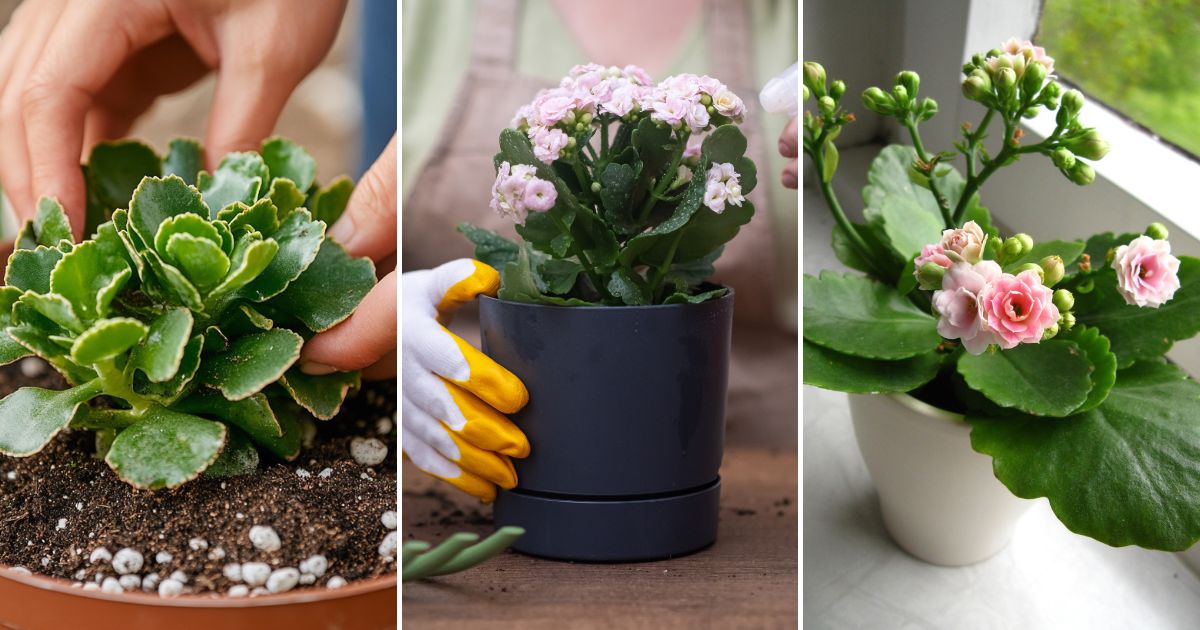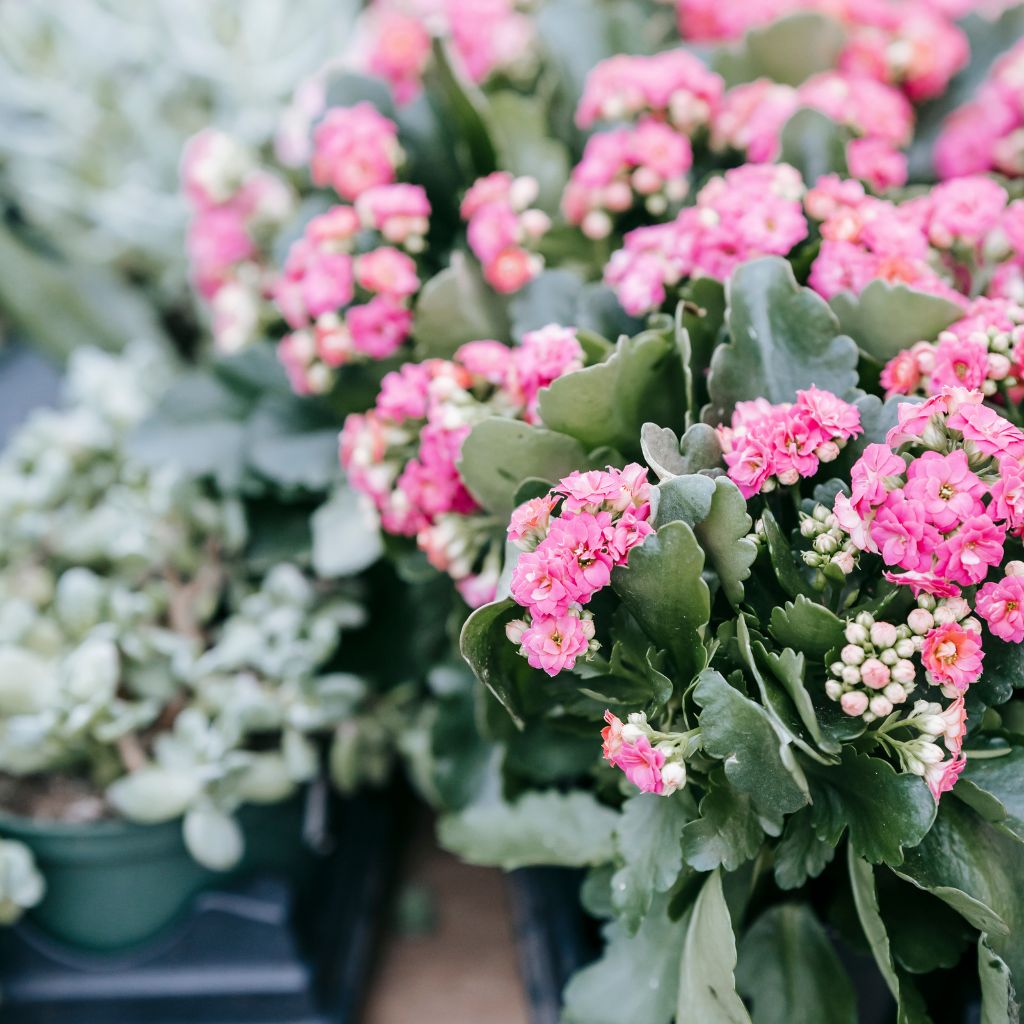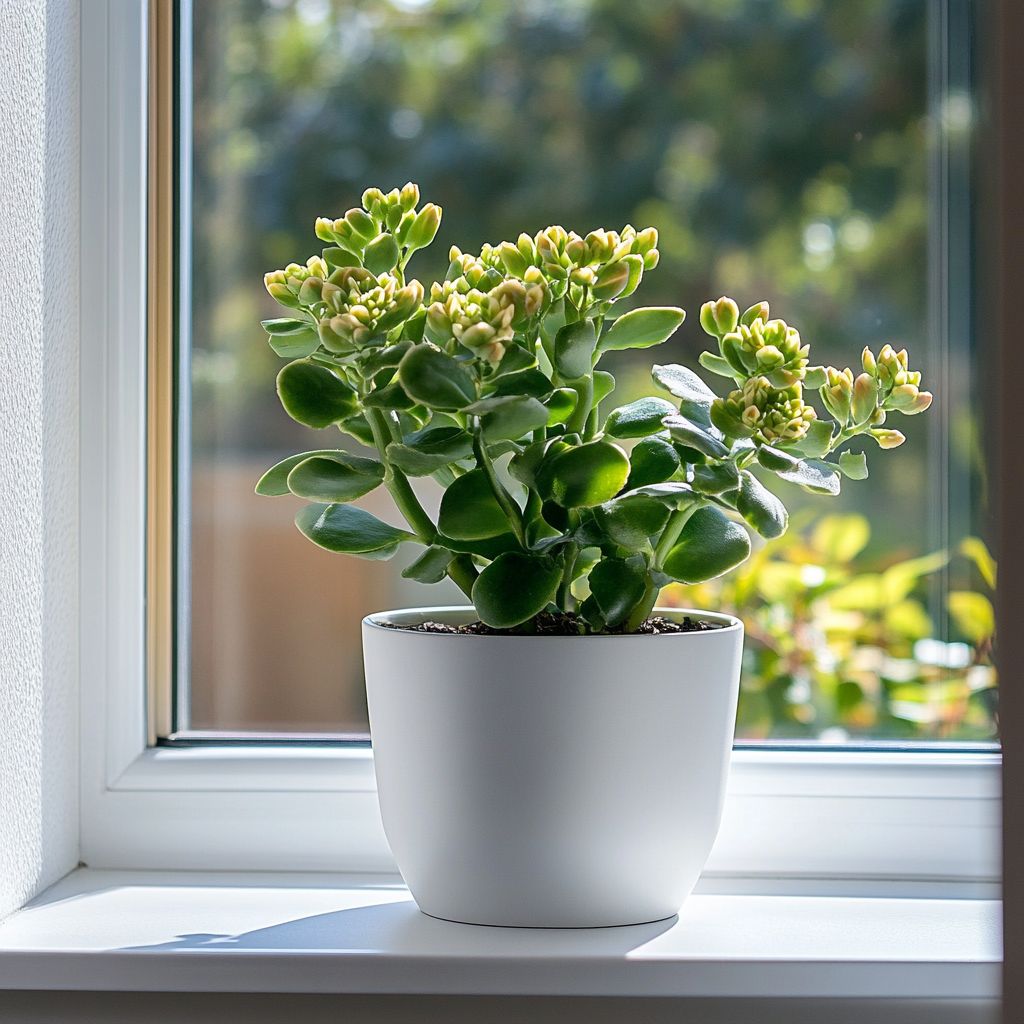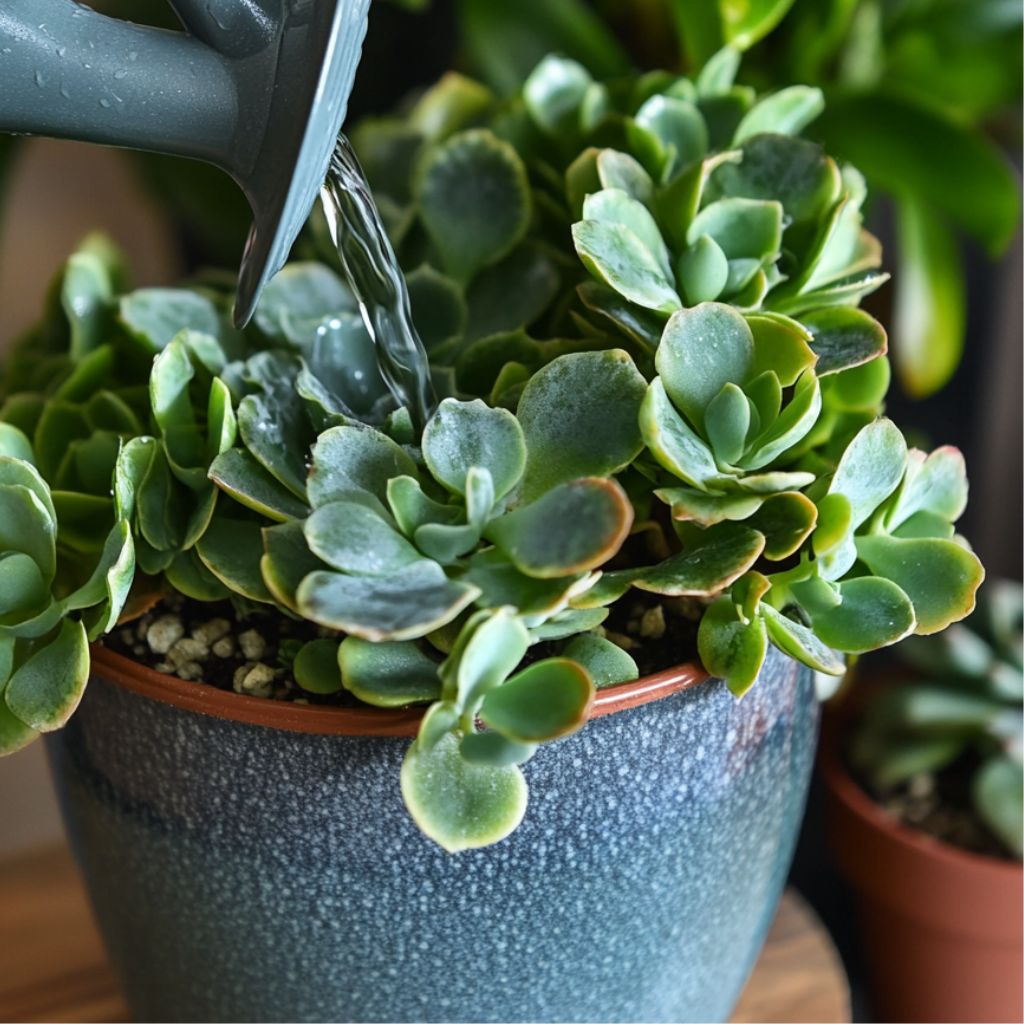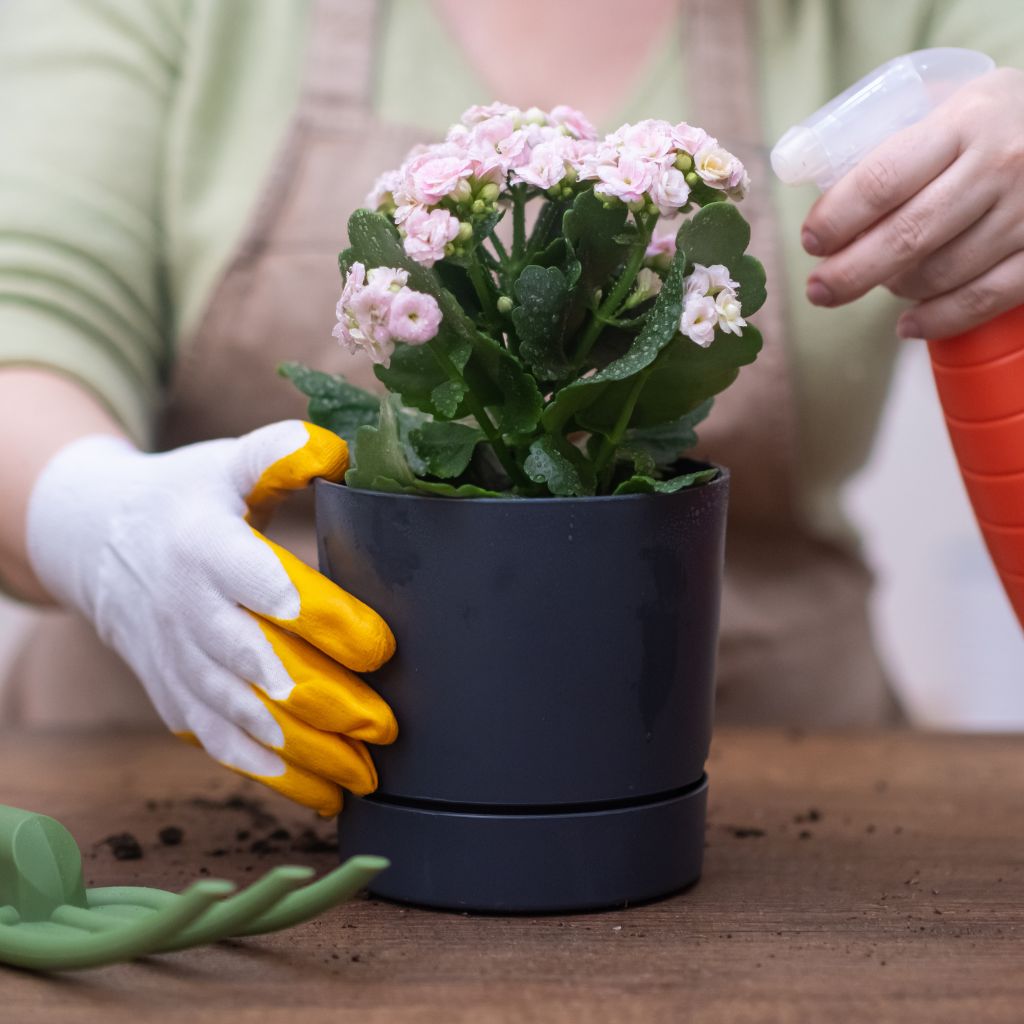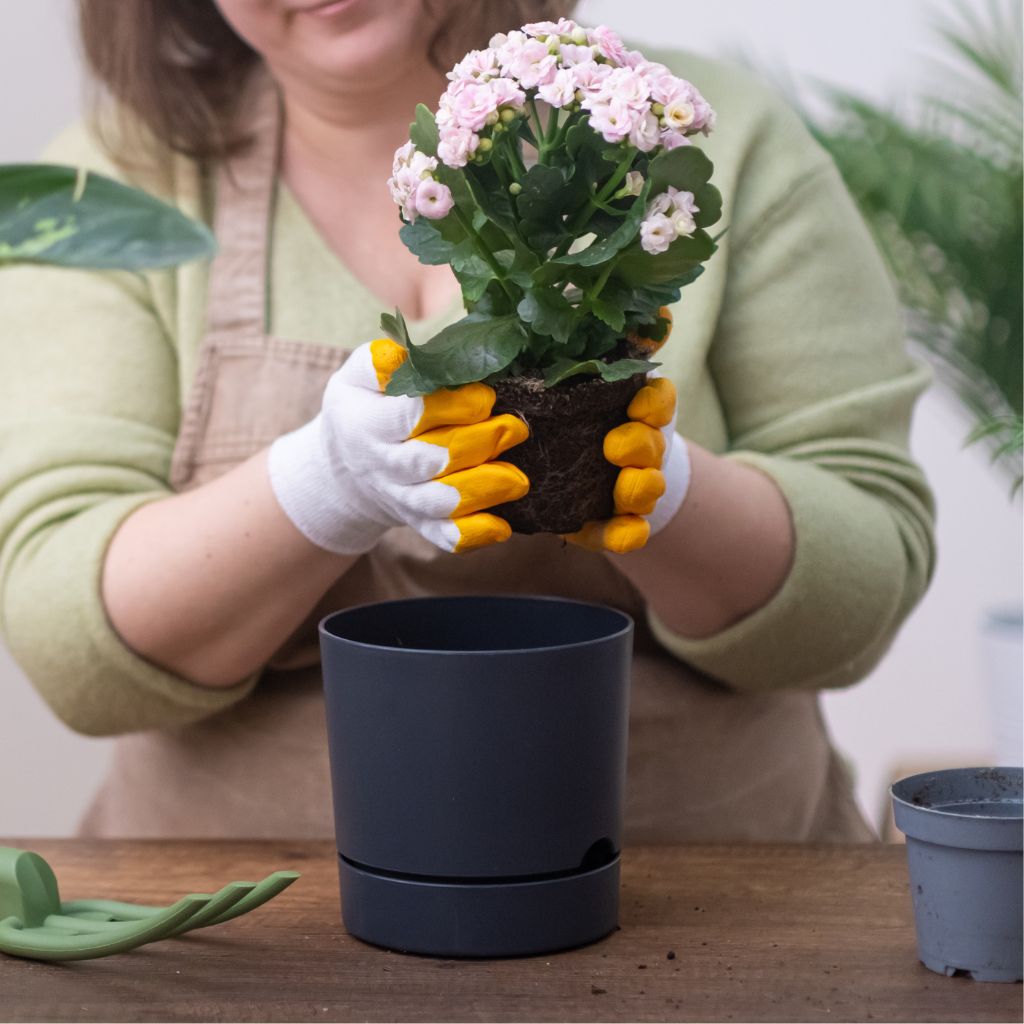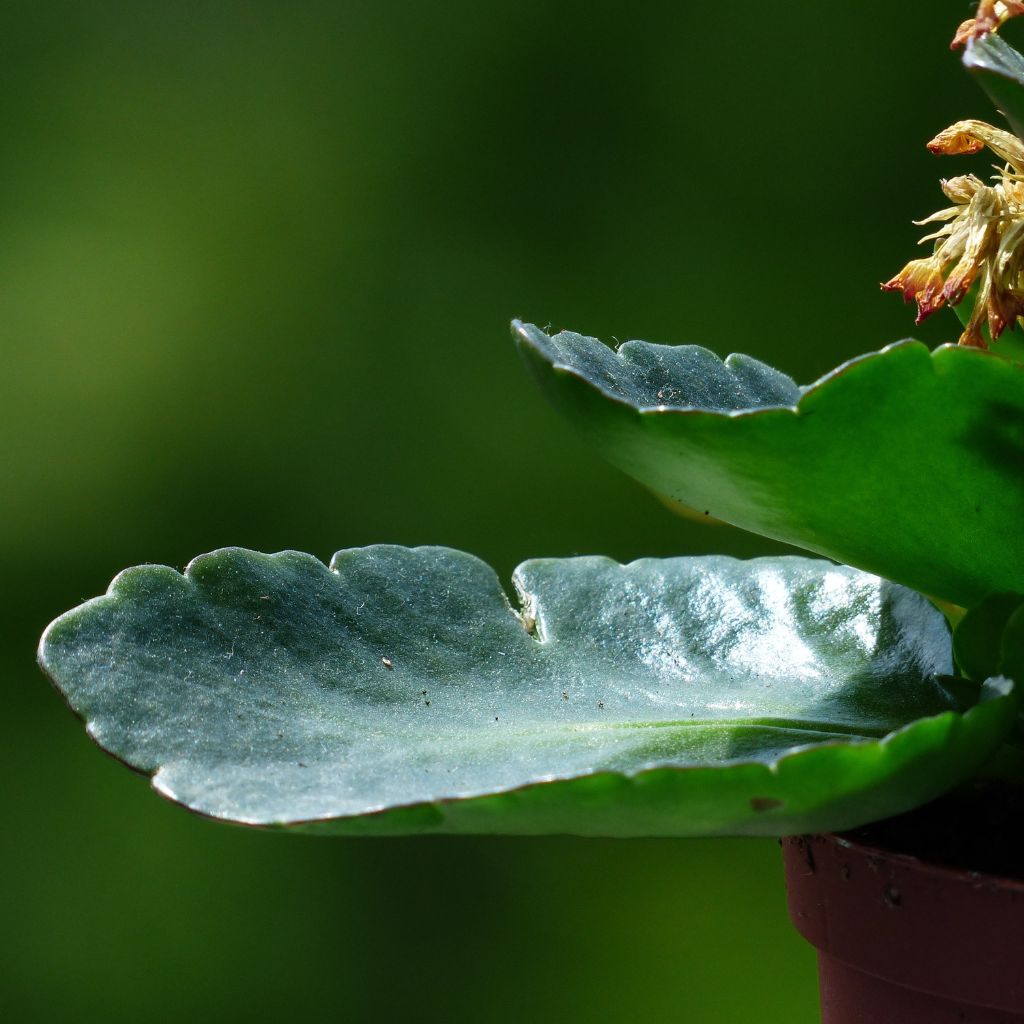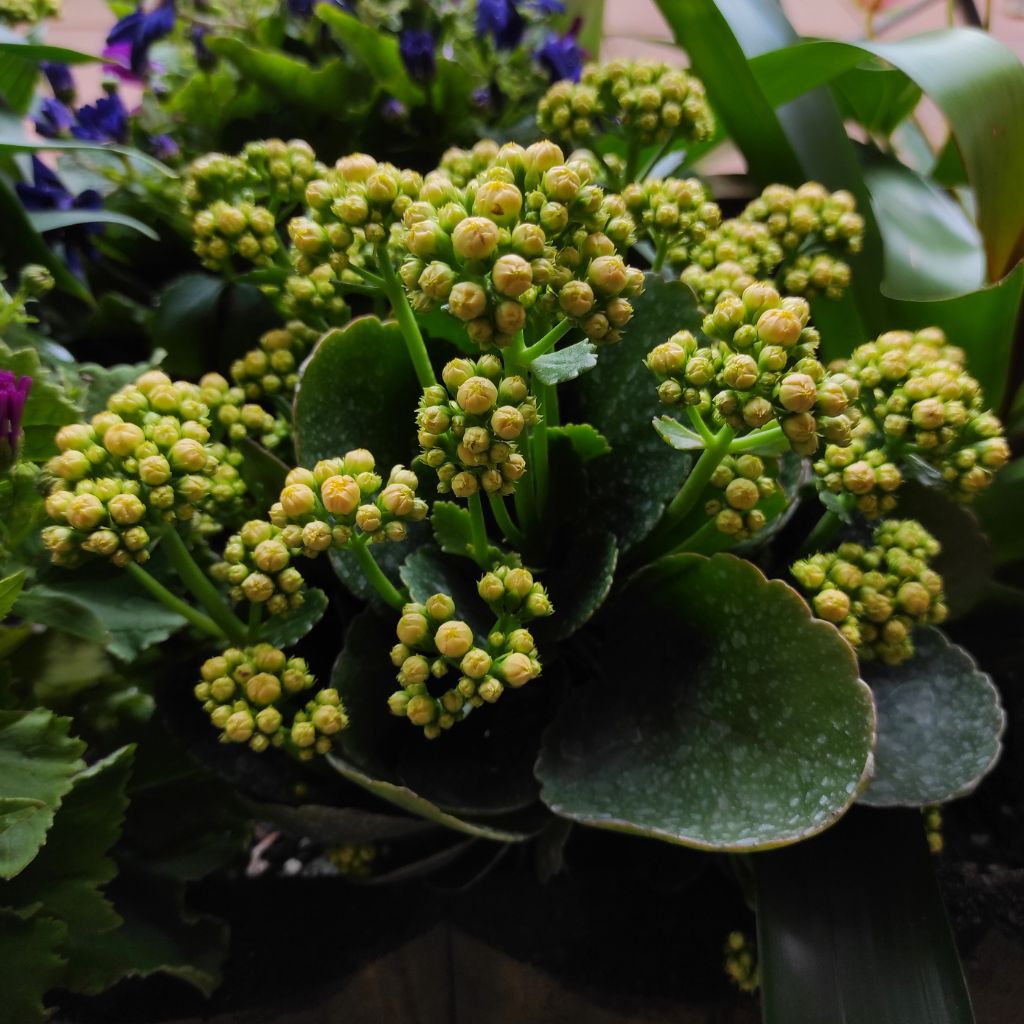Kalanchoe—just the name alone sounds unique, right? These little beauties are some of the most resilient and vibrant flowering plants you can have in your home or garden.
They’re colorful, easy to maintain, and adaptable, making them a plant lover’s dream. Plus, who wouldn’t want a plant that blooms in bright colors and asks for minimal fuss?
I’ve always been drawn to plants that not only bring warmth and texture to a space but are also practical for busy lifestyles. And Kalanchoe is just that!
These charming succulents are low maintenance, forgiving, and, yes, they’ll make you look like you have a green thumb, even if you’re still learning the ropes.
So, let’s dig into how to grow and care for Kalanchoe. Whether you want to bring it indoors for that perfect tabletop accent or let it brighten up your garden, this guide has you covered.
Why Choose Kalanchoe?
Before we jump into the care details, let’s talk about why Kalanchoe should be at the top of your plant list.
Vibrant Blooms: Kalanchoe flowers in bright shades of pink, red, orange, yellow, and white. These blooms can last for months, giving your space a splash of color all year round.
Low Maintenance: If you’re busy juggling life and can’t dedicate hours to plant care, Kalanchoe is your plant. It thrives with minimal attention, making it ideal for beginners and experienced gardeners alike.
Air-Purifying Qualities: Like many succulents, Kalanchoe helps purify the air, creating a fresher, more inviting space in your home.
Drought-Tolerant: These plants store water in their thick leaves, meaning they can survive with less frequent watering—perfect for those of us who occasionally forget about plant care!
Now that you’re sold on bringing one (or a few!) into your home, let’s look at how you can ensure they thrive.
Finding the Right Spot
One of the first things you’ll want to do is choose the perfect spot for your Kalanchoe. These plants love sunlight, but too much direct sunlight can be a bit much, especially if your plant is indoors.
Indoors: Place your Kalanchoe in a bright spot, like a windowsill where it can get plenty of indirect sunlight. Avoid putting it too close to windows that get strong afternoon sun—this can cause the leaves to scorch.
Outdoors: If you’re planting Kalanchoe in your garden, choose a spot that gets some morning sunlight but is shaded during the hottest part of the day. This will prevent sunburn and keep your plant looking vibrant.
Kalanchoe can adapt well to different environments, but they do best with a balance of light. A little morning sun followed by shade in the afternoon is a winning combination.
Soil Matters
Kalanchoe is a succulent, meaning it thrives in well-draining soil. If you’re planting in a pot, make sure it has drainage holes. The last thing you want is for water to sit in the bottom of the pot, leading to root rot.
Potting Mix: A cactus or succulent potting mix works great for Kalanchoe. If you don’t have any on hand, you can make your own by mixing regular potting soil with some sand or perlite to improve drainage.
Outdoor Soil: If you’re planting outside, ensure the soil is light and sandy. Kalanchoe doesn’t do well in heavy, clay-like soil that holds onto water. You can amend garden soil with sand or gravel to increase drainage.
Pro tip: If your Kalanchoe is potted, adding a layer of pebbles or small rocks at the bottom of the pot will help with drainage and keep your plant happy.
Watering: Less Is More
One of the biggest mistakes people make with succulents like Kalanchoe is overwatering. Remember, these plants are drought-tolerant and don’t need constant moisture.
Indoor Plants: Water your indoor Kalanchoe when the top inch of soil feels dry to the touch. Be sure to water thoroughly, allowing excess water to drain out of the bottom. Avoid letting the plant sit in water, as this can lead to root rot.
Outdoor Plants: Outdoor Kalanchoe will need less frequent watering, especially if you live in a humid area. Let the soil dry out completely between waterings, and adjust based on the weather—more frequent watering may be needed in hot, dry climates.
In general, it’s better to err on the side of underwatering. Kalanchoe can handle dry spells much better than soggy soil.
The Right Temperature and Humidity
Kalanchoe loves warmth and dry air, which is why it does so well indoors or in arid climates. Ideally, keep your plant in temperatures between 60°F and 85°F (15°C to 29°C).
These plants are sensitive to frost, so if you live in a cooler climate, make sure to bring them inside during the colder months.
As for humidity, you don’t need to worry too much. Kalanchoe thrives in average room humidity, so there’s no need to mist your plant or place it in a bathroom where moisture levels are higher.
In fact, too much humidity can cause fungal issues or rot, so dry air is actually better for these plants.
Fertilizing Your Kalanchoe
While Kalanchoe doesn’t need constant feeding, giving it a little boost during the growing season (spring and summer) will help keep it healthy and encourage more vibrant blooms.
Indoor Plants: A balanced, water-soluble fertilizer works well for Kalanchoe. Feed it once a month during the growing season and stop during the fall and winter months when the plant is resting.
Outdoor Plants: For outdoor Kalanchoe, you can use a slow-release fertilizer in the spring to help it through the growing season. Again, be careful not to over-fertilize, as too much can cause leggy growth and fewer flowers.
Pro tip: Dilute the fertilizer to half strength to avoid overwhelming the plant.
Pruning and Maintenance
Kalanchoe is relatively low-maintenance when it comes to pruning, but a little care will go a long way in keeping your plant looking tidy and healthy.
Deadheading: As the flowers start to fade, go ahead and snip them off. This will encourage the plant to focus its energy on producing new blooms rather than keeping the old ones alive.
Leggy Growth: If your Kalanchoe starts to grow leggy (long, thin stems with sparse leaves), it’s likely not getting enough sunlight. Prune back the long stems to encourage bushier growth and move the plant to a sunnier spot.
Regular pruning isn’t necessary, but a little trim here and there will keep your Kalanchoe looking its best.
Repotting Your Kalanchoe
Over time, your Kalanchoe will outgrow its pot, and it will need to be repotted to continue thriving. The best time to do this is during the spring when the plant is entering its growing season.
Choose a Pot: Select a pot that is one size larger than the current one, and make sure it has drainage holes.
Fresh Soil: Gently remove the plant from its old pot, shake off excess soil from the roots, and place it into fresh, well-draining soil in the new pot.
Repotting every two to three years will keep your Kalanchoe healthy and give it room to grow.
Common Pests and Problems
Kalanchoe is a tough plant, but it’s not completely immune to pests or issues. The most common problems you might encounter are:
Aphids and Mealybugs: These little pests can occasionally make a home on your plant. If you notice any, remove them by wiping the plant down with a damp cloth or treating it with insecticidal soap.
Yellowing Leaves: This is often a sign of overwatering. Check the soil and make sure it’s drying out between waterings.
Mold or Rot: If you notice mold or a rotting smell, it’s likely due to overwatering or poor drainage. Remove any affected parts of the plant and adjust your watering habits.
Encouraging Your Kalanchoe to Bloom Again
One of the wonderful things about Kalanchoe is its long-lasting blooms. But what happens when the flowers fade? The good news is you can encourage your Kalanchoe to bloom again with a little extra care.
Light: Once the initial blooms have faded, give your plant plenty of bright, indirect light. The more sunlight it gets, the more likely it will bloom again.
Dark Period: To trigger a new bloom cycle, reduce the plant’s exposure to light for about 12-14 hours each day for 6 weeks. This simulates the shorter days of winter and encourages the plant to set buds.
Patience: After this rest period, increase the plant’s exposure to light, and with a little patience, you’ll see new blooms starting to form.
Bringing a Kalanchoe into your home or garden is like inviting a little pop of joy into your life. Their bright, cheerful blooms and easy-going nature make them an excellent choice for anyone looking to add beauty and warmth to their space.
